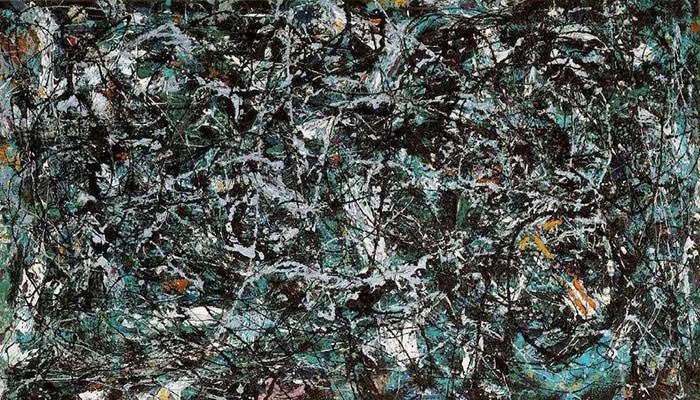 |
| 'Bling DNA' |
 |
| Microtubule fibers with molecular motors dynein and kinesin |
Art can also serves
as a different presentation of knowledge. Drew Barry's work Body Code," was designed for museum and
art gallery exhibition, with the goal of reaching public audiences who do not
usually seek out or are exposed to the details of scientific knowledge"
(Barry). This artwork allows for completely different audiences to become
educated and gain knowledge in a different location, and in a way that may be
more effective or interesting for them. Seeing biology displayed in a way completely different from that of a textbook gave me a different depth in many different biological concepts. Art shows a different view of a certain knowledge, and to truly understand a topic, all perspectives must be considered.
Casini, Silvia. “Magnetic Resonance Imaging (MRI) as Mirror and Portrait: MRI Configurations Between Science and Arts.” (n.d.): n. pag. Web. 26 Oct. 2012.
Kevin Warwick, www.kevinwarwick.com/.
“Kevin Warwick, World's First ‘Cyborg," on Artificial Intelligence.” Becoming SuperHuman, 30 Nov. 2017, becomingasuperhuman.com/kevin-warwick-worlds-first-cyborg-on-artificial-intelligence/.
Vesna, Victoria. “Medicine Parts 1-3.” Lecture. Web. 26 Oct. 2012“Kevin Warwick, World's First ‘Cyborg," on Artificial Intelligence.” Becoming SuperHuman, 30 Nov. 2017, becomingasuperhuman.com/kevin-warwick-worlds-first-cyborg-on-artificial-intelligence/.
Walter, and Eliza Hall Institute of Medical Research. “Body Code.” Walter and Eliza Hall Institute of Medical Research, The Walter and Eliza Hall Institute of Medical Research, 12 Sept. 2017, www.wehi.edu.au/wehi-tv/body-code.






